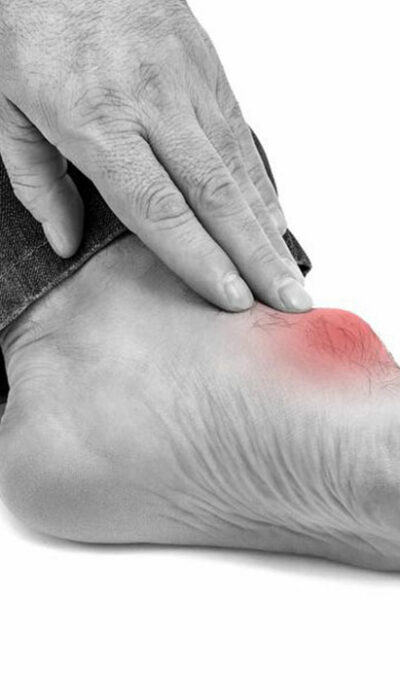
Ten Popular Drinks for Diabetes
Diabetes is a condition that causes a hike or a dip in your blood sugar or blood glucose levels. This is one of the most common diseases, what with 29 million people in the US suffering from it. If you take care of your body and lead a healthy lifestyle while following a good diet, you can keep a tab on your blood sugar levels, and lead a healthy and normal life. Here is a list of a few drinks for diabetes that you simply must incorporate to your diet. Water When in doubt, always drink water. Water is something you cannot go wrong with, so make sure you drink water through the day. Water keeps you hydrated, and this, in turn, helps maintain your blood sugar levels. High blood sugar levels can cause dehydration. Also, drinking water regularly can help your body eliminate any excess glucose. Make sure you drink about 8 to 20 glasses of water a day. If water is too plain for you, add slices of lemon, orange, or flavored herbs like basil, mint, or lemon balm. This is one of the best drinks for diabetes one can consider having. Chamomile tea Chamomile tea is known for its medicinal properties and makes for a great drink if you’re diabetic as well. With no calories, great flavor, and a good amount of antioxidants, chamomile tea is one of the perfect health drinks for diabetes. Research suggests that when you regularly drink chamomile tea, your blood sugar levels come down as well. Chamomile tea also helps prevent and treat a list of complications like kidney disease, blindness, circulatory disorders, and much more. Coffee Black coffee is a great drink if you’re suffering from diabetes. It has less than 20 calories and only about 5 grams of carbohydrates in every cup.










